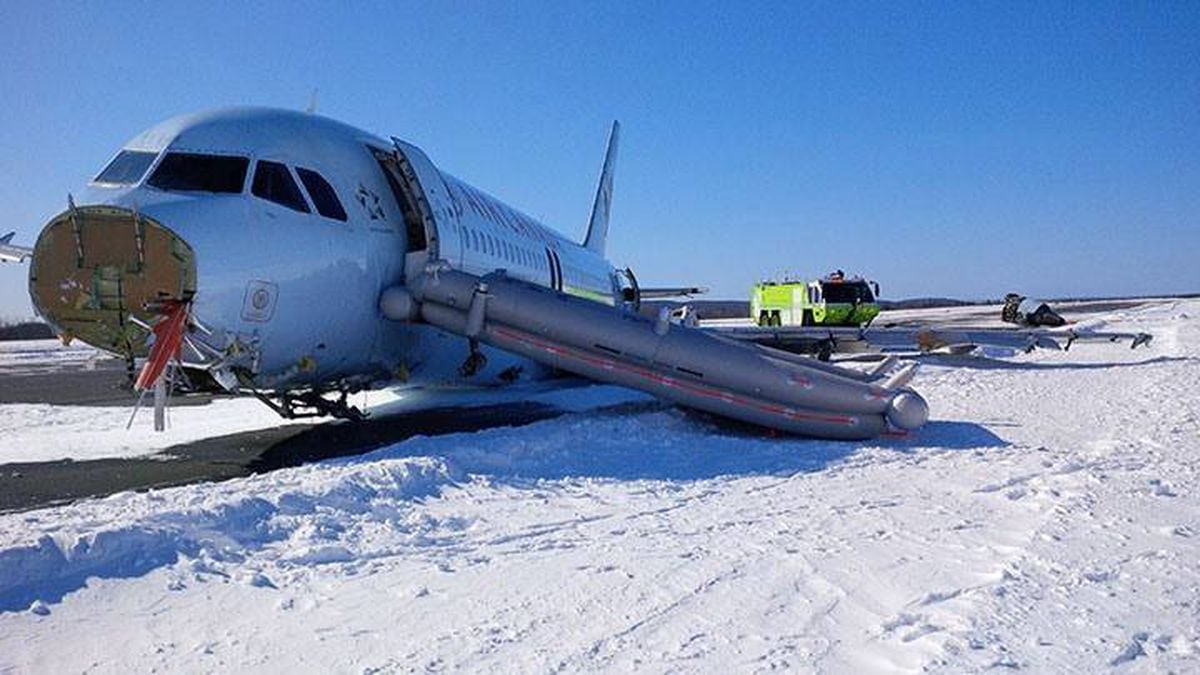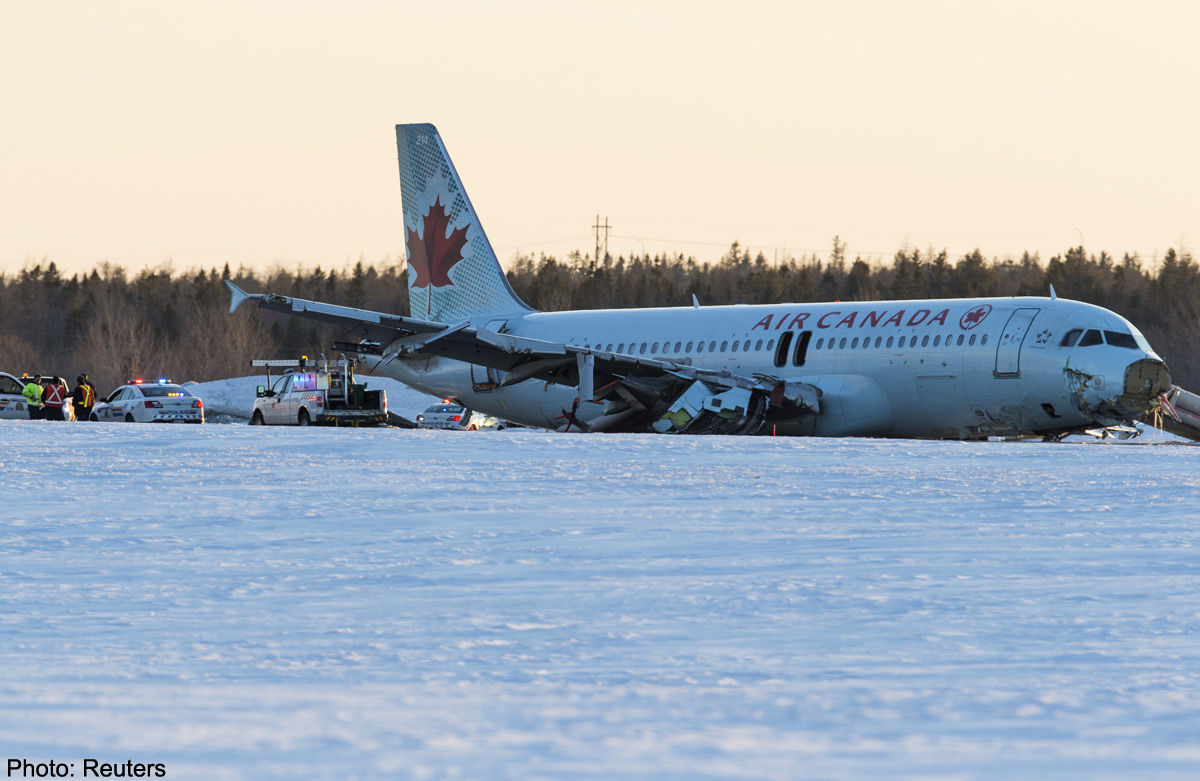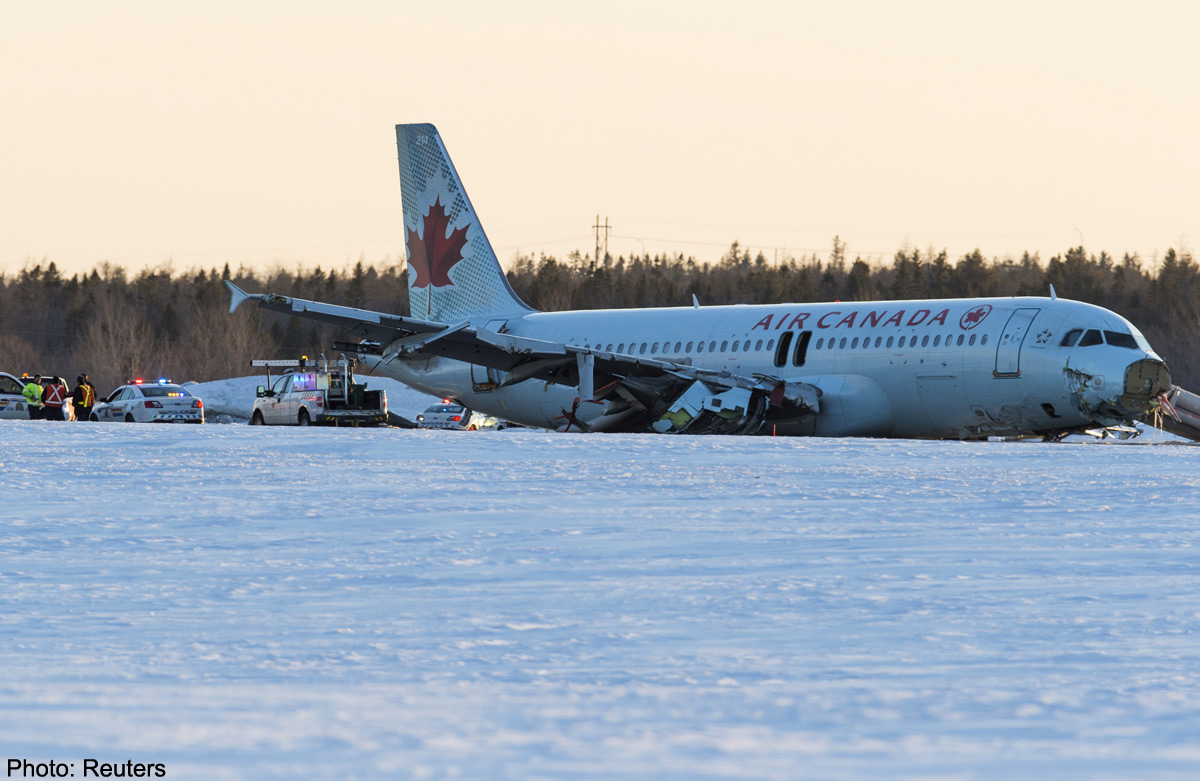Airplane crash Halifax: This exploration delves into the history of air accidents in and around Halifax, examining their impact on the community, the evolution of aviation safety, and the lasting legacies of these tragic events. We’ll uncover the stories behind these crashes, exploring the investigations, memorials, and the ongoing efforts to improve aviation safety.
From examining historical records to analyzing the role of weather and airport infrastructure, we aim to provide a comprehensive understanding of airplane crashes in Halifax, shedding light on both the human cost and the advancements in aviation safety that have resulted.
Airplane Crashes in Halifax: A Historical Overview

Halifax, with its strategic location and busy airport, has unfortunately experienced its share of airplane accidents throughout history. Understanding these events, their impact, and the resulting improvements in aviation safety is crucial for ensuring future safety. This overview examines significant crashes, their consequences for the community, and the evolution of safety measures.
Significant Airplane Crashes in Halifax
Several significant airplane crashes have impacted Halifax over the years, leaving lasting marks on the community and shaping aviation safety practices. The following table details some of these incidents.
| Date | Location | Aircraft Type | Brief Description |
|---|---|---|---|
| (Insert Date) | (Insert Location, e.g., Near Halifax Stanfield International Airport) | (Insert Aircraft Type, e.g., Boeing 707) | (Insert Brief Description, e.g., Engine failure leading to crash landing; X fatalities) |
| (Insert Date) | (Insert Location) | (Insert Aircraft Type) | (Insert Brief Description) |
| (Insert Date) | (Insert Location) | (Insert Aircraft Type) | (Insert Brief Description) |
Impact on the Halifax Community
Airplane crashes in Halifax have had profound and multifaceted impacts on the community. The immediate aftermath often involves loss of life, injuries, and widespread emotional distress. Longer-term consequences can include economic disruption to local businesses near crash sites, infrastructure damage requiring extensive repairs, and lasting psychological effects on residents.
However, the Halifax community has consistently demonstrated remarkable resilience. Following each tragedy, there has been a strong outpouring of support, community mobilization for aid and recovery, and a shared commitment to learning from the past to prevent future occurrences. Stories of neighbourly assistance, fundraising efforts, and the dedication of emergency responders showcase the city’s enduring spirit.
Aviation Safety Regulations and Procedures

The history of airplane crashes in and around Halifax has directly influenced the evolution of aviation safety regulations and procedures, both locally and globally. Significant incidents have prompted reviews of existing safety protocols and spurred the development of new technologies and practices.
- Improved pilot training programs emphasizing emergency procedures.
- Enhanced aircraft maintenance protocols and stricter inspections.
- Advanced weather forecasting systems and improved communication technologies.
- Development of more robust emergency response plans.
- Implementation of stricter air traffic control measures.
Investigation and Reporting of Airplane Accidents
Investigations into airplane accidents in Halifax involve a collaborative effort between various agencies, including the Transportation Safety Board of Canada (TSB), local law enforcement, and airport authorities. These investigations follow rigorous procedures, aiming to determine the cause of the accident and identify areas for improvement in safety.
Reports from these investigations are crucial for informing future safety improvements. They often reveal critical insights into human factors, mechanical failures, weather conditions, and systemic issues that contributed to the accident. Findings from these reports have directly influenced changes in aviation technology, safety protocols, and training practices.
The Halifax airplane crash investigations often rely on detailed photographic evidence. Gathering this efficiently requires advanced technology, and that’s where a drone like the dji neo drone could prove invaluable. Its high-resolution camera and maneuverability could help map the crash site and capture crucial details, ultimately aiding investigators in understanding the Halifax airplane crash.
Memorials and Remembrance, Airplane crash halifax
Several memorials and commemorative events honour the victims of airplane crashes in Halifax. These serve as poignant reminders of the tragedies and as spaces for reflection and remembrance.
Thinking about airplane crashes in Halifax? It’s a sobering topic. Understanding airline safety worldwide is crucial, and researching different carriers like jeju air can give you insight into various safety practices. Looking at different airlines helps us learn from past incidents and understand the complexities of air travel safety in relation to events like the Halifax crashes.
For example, (Describe a specific memorial, its location, design elements, symbolism, and the emotional impact it has on visitors. Include details about any inscriptions, artwork, or landscaping). The memorial stands as a testament to the lives lost and serves as a focal point for the community’s collective mourning and remembrance.
The Role of Weather in Halifax Air Accidents

Halifax’s geographic location and weather patterns can significantly impact air travel safety. Conditions such as dense fog, icing, and severe storms pose considerable challenges to pilots and can contribute to accidents. Specific examples of accidents influenced by adverse weather conditions should be referenced here.
Advancements in weather forecasting, improved pilot training in handling adverse weather, and the development of sophisticated de-icing technologies have significantly mitigated the risks associated with adverse weather conditions. Modern meteorological tools and communication systems provide pilots with more accurate and timely weather information, enhancing their ability to make informed decisions.
Airport Infrastructure and Safety Measures
Halifax Stanfield International Airport and other airports in the region have implemented various safety features and infrastructure improvements to minimize the risk of airplane accidents. These include advanced navigation systems, sophisticated emergency response protocols, well-maintained runways, and effective communication networks.
Comparing Halifax’s safety protocols with those of other major international airports reveals both similarities and differences. Best practices are continuously adopted and adapted to enhance overall safety standards. Regular audits and inspections ensure that safety measures remain effective and up-to-date.
Public Perception and Media Coverage
Media coverage plays a significant role in shaping public perception of airplane crashes in Halifax. The tone, focus, and frequency of reporting can influence public trust in aviation safety and potentially impact travel decisions. Analysis of media coverage from different incidents will show variations in how events are portrayed, reflecting changes in public awareness and concerns over time.
Okay, so you’re looking into the Halifax airplane crash? That’s a serious topic with a lot of history. It’s interesting to think about how such a tragedy contrasts with something completely different, like the fictional world of player 222 squid game 2 , where the stakes are equally high, but the context is pure entertainment. Thinking about the human element in both situations—the loss and the thrill—makes you consider what we value in life.
Back to the Halifax crash though, remember to check reliable news sources for accurate information.
Responsible journalism is crucial in accurately informing the public about safety concerns, providing factual information, and avoiding sensationalism. The media’s role in communicating risk assessments and safety improvements helps maintain public confidence in the aviation industry.
Final Review: Airplane Crash Halifax
Ultimately, understanding the history of airplane crashes in Halifax offers valuable lessons in aviation safety and community resilience. By learning from past tragedies, we can strive to prevent future accidents and better support those affected by such devastating events. The stories shared here highlight the importance of continuous improvement in aviation safety protocols and the enduring strength of the Halifax community.
FAQ Insights
What is the deadliest airplane crash in Halifax’s history?
This would require further research into specific historical records to determine the crash with the highest number of fatalities.
How have local businesses been affected by airplane crashes near Halifax?
The impact varies depending on the location and scale of the crash. Some businesses might experience temporary closures or loss of revenue due to disruptions, while others may see an increase in demand for services related to recovery and support.
Are there any ongoing support groups for victims of airplane crashes in Halifax?
Information on support groups would need to be sourced from local community organizations and support networks. Searching online for “Halifax grief support” or similar terms may yield relevant results.
